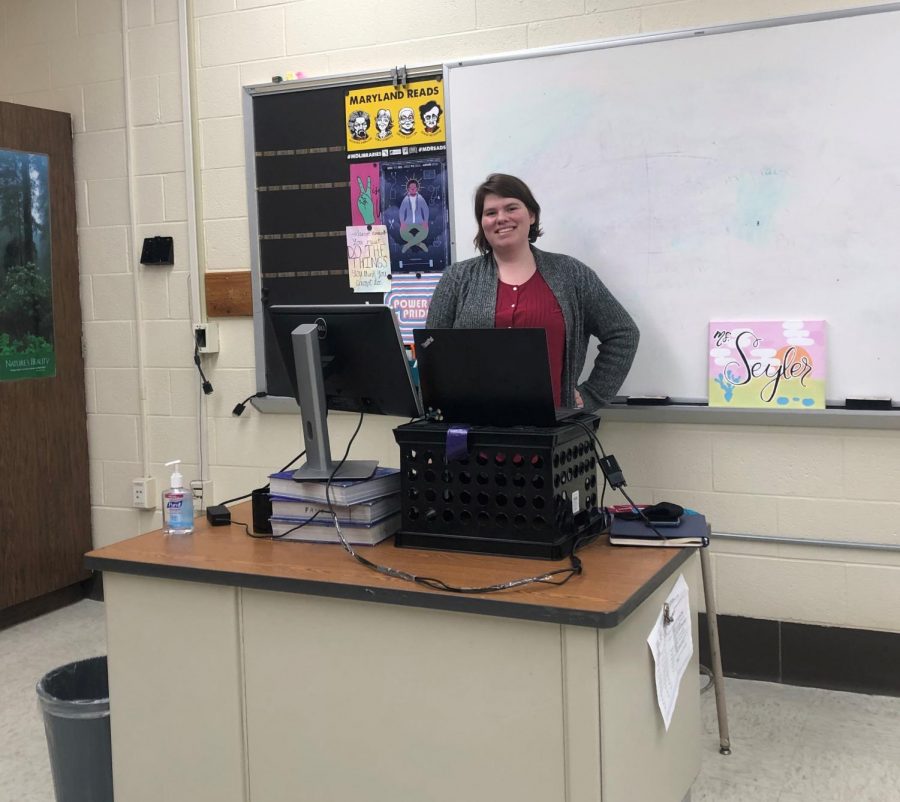A Look Into At-Home Teaching and Learning Environments
January 6, 2021
As of writing this article, four months of distance learning have passed. In this time, most teachers and students have adapted to teaching and learning from a computer screen. Previously, both groups were used to the school environment: rows of desks, a teacher in the front of the room, the room in complete silence, etc. In other words, everyone was accustomed to an (almost) distraction-free space that was dedicated to education. However, with the onset of COVID-19, the sudden change to a completely different environment may have increased the chance that students get sidetracked while in class and pose a challenge to teachers trying to do their job.
While it is true that students get sidetracked in the building (phones, music, chatting with others, etc.), learning at home could introduce newer disturbances. Senior Findley Holland feels that she is “more distracted by her phone and books” at home. During to in-school teaching, Findley was less preoccupied with these objects, as there was a higher expectation to participate and focus in class. Additionally, she feels as if she “zones out more” during online classes.
Focusing on the tasks at hand is another factor that students have issues with. “I think that online learning poses a significant challenge for me in terms of my ability to focus,” says Sophie Bose, another student here at Eleanor Roosevelt. Sophie would “be willing to do hybrid learning” when given the opportunity, as it would help with her motivation issues.
Unlike students, teachers at ERHS have the option of teaching from the school building. Ms. Heather Seyler, an English and Journalism teacher, chose to teach from the building ever since the beginning of the 2020-2021 school year. Besides the days administration advises against going to the school building, she teachers from room 208 of ERHS. Ms. Seyler prefers to teach from the building because it allows her to “separate [her] workspace from [her] rest space,” which she believes is difficult for her to achieve when working from home. When teaching from home, Ms. Seyler finds it difficult to “keep her head in the game” and often feels distracted by her neighbors or “other people working in [her] house.” In essence, she finds no disturbances teaching from her classroom.
Mr. Richard Renyer, another teacher at ERHS, chose not to teach from the school building. While he is not overly distracted by anything during school hours, he finds spending the majority of the time “on a computer screen and sitting” to be difficult and hindering his ability to focus on doing his job with full effort.
While these students’ and teachers’ experiences with distance education do not speak for everyone at Roosevelt, it is clear that each individual is yet to adjust to their home environments. Hopefully, in the near future, both teachers and students can safely return to the building to not only resume excelling in school, but also restore the strong sense of community.




